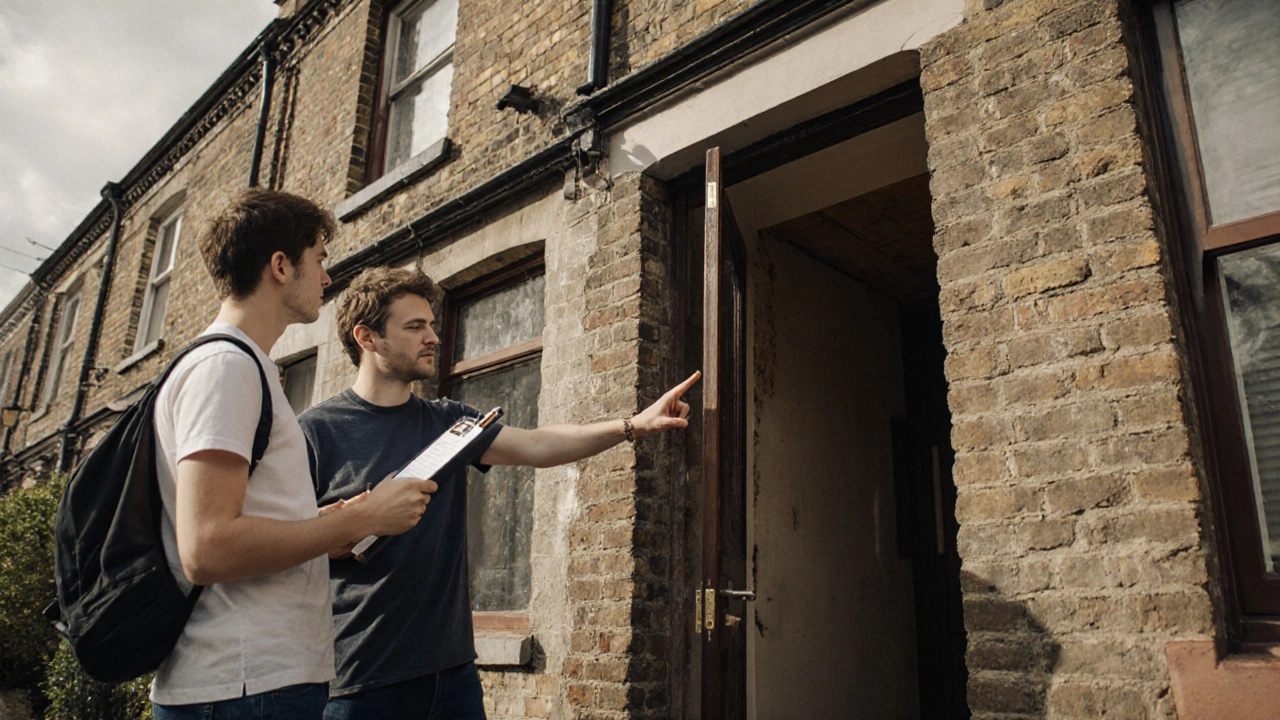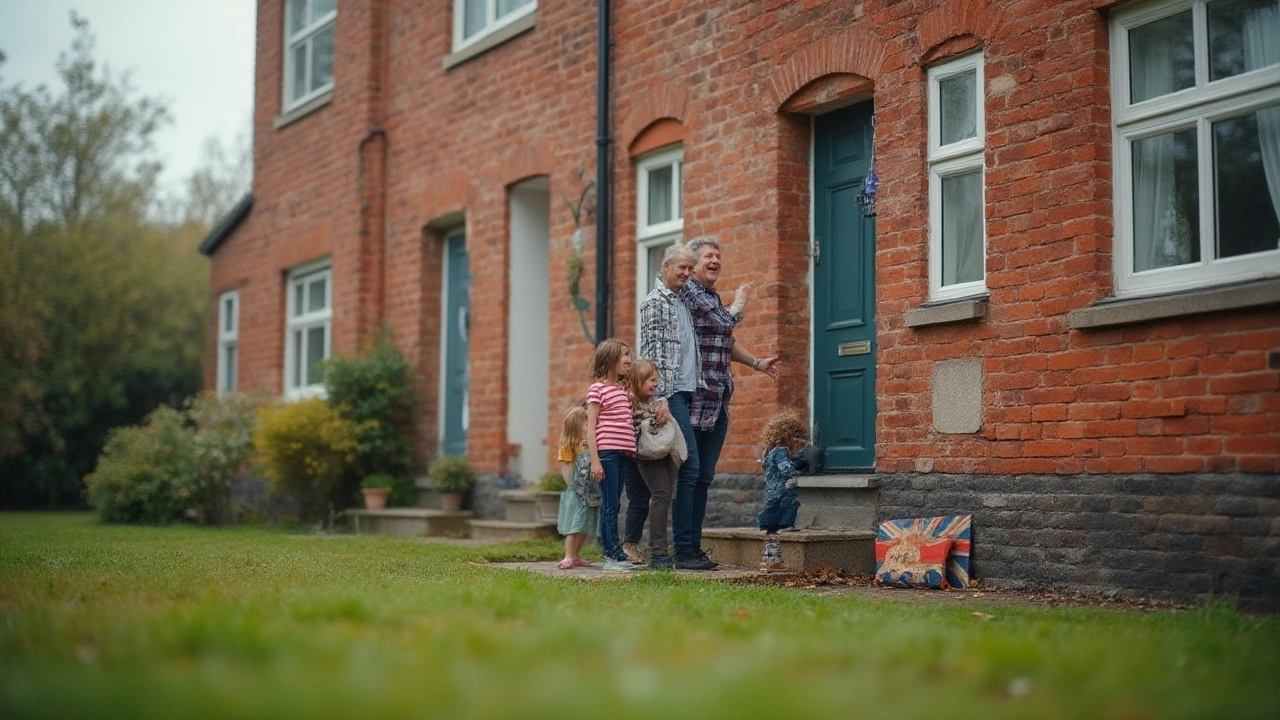Home Inspection: Essential Checklist for Buyers and Sellers
Thinking about buying or selling a house? A home inspection can make or break the deal. It’s a chance to spot hidden problems before they turn into pricey repairs. Below you’ll find the key areas inspectors look at, common red flags, and how to keep the cost reasonable.
What Inspectors Look At First
Inspectors start with the roof – they check shingles, flashing, and the overall condition. A few missing shingles might be fine, but widespread damage can hint at water leaks later. Next up are the gutters and downspouts; clear drainage prevents water from pooling around the foundation.
The exterior walls, windows, and doors are also on the list. Cracked siding or windows that don’t close properly can lead to drafts and moisture. Inside, they move to the attic and crawl space. Look for insulation quality, signs of rodents, and any visible mold.
Common Issues Found During Inspection
One of the most frequent problems is faulty wiring. Old knob‑and‑tube or exposed wires are safety hazards and often need rewiring. Plumbing issues pop up too – leaky pipes, corroded water heaters, or faulty sewage connections can cause water damage and mold.
Heating, ventilation, and air‑conditioning (HVAC) systems are another hot spot. Inspectors test the furnace and AC unit for proper function and age. An HVAC system older than 10‑15 years may need replacement soon, which can affect the overall cost of the home.
How Much Does a Home Inspection Cost?
In the UK, a typical home inspection runs between £300 and £600, depending on the size and location of the property. Larger homes with complex roofs or multiple floors will sit at the higher end. Some inspectors charge per hour, while others offer a flat fee.
Don’t automatically go for the cheapest option. Look for certified inspectors with good reviews. A thorough report can save you thousands in future repairs, making a slightly higher fee worth it.
If you’re on a tight budget, ask the inspector if they can focus on the most critical areas – roof, foundation, and major systems – and skip less important details. This “basic” inspection still gives you essential information without breaking the bank.
Tips to Get the Most Out Of Your Inspection
Be present during the inspection if you can. Seeing the inspector point out issues helps you understand the severity and ask follow‑up questions on the spot. Take notes and ask for pictures in the final report; visual proof makes negotiations clearer.
After you get the report, prioritize the findings. Major structural problems or safety hazards should be addressed first. Cosmetic fixes, like paint chips, can be dealt with later or used as bargaining chips.
Finally, use the inspection report in negotiations. If serious issues are found, you can ask the seller to repair them, lower the price, or offer a credit at closing. A clear, detailed report gives you leverage and peace of mind.
Bottom line: a home inspection is your safety net. Knowing what to expect, the common problems, and how to manage costs turns a potentially stressful process into a straightforward step toward a sound purchase or sale.
Buying a Home with Foundation Issues: Risks, Costs & How to Decide
- Gavin Whitaker
- |
- |
- 0
Learn how to evaluate, negotiate, and finance a house with foundation problems, with clear steps, cost ranges, and a handy decision checklist.
View moreHow to Spot Signs of Water Damage in Your Home's Foundation
- Gavin Whitaker
- |
- |
- 0
Curious about the warning signs of water damage in your home's foundation? Discover how to identify issues, from sneaky cracks to that musty basement smell, before it becomes a disaster.
View more
